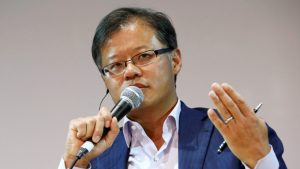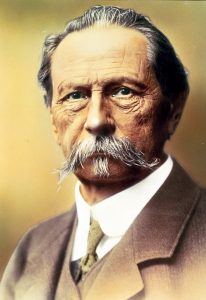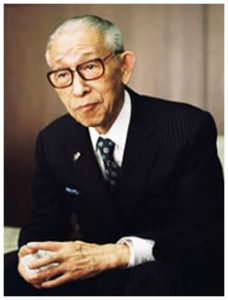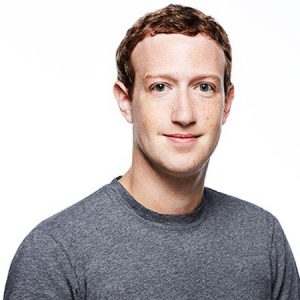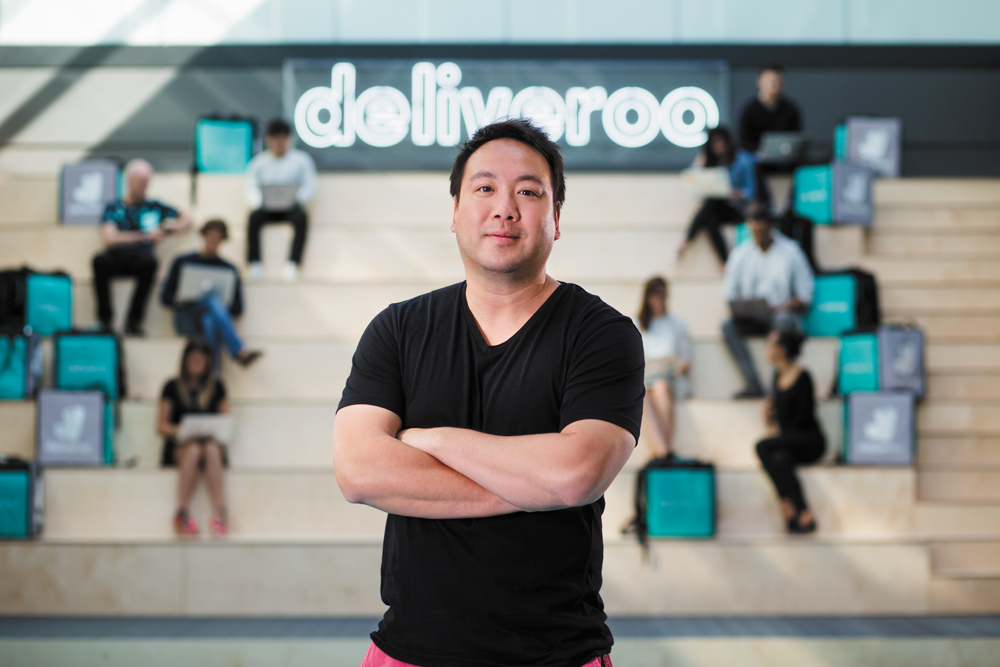Paul Allen : Self-made Billionaire & the Co-founder of Microsoft
A business magnate, investor, philanthropist and also a cancer survivor, the computer enthusiast, Paul Allen, was the one, who persuaded Bill Gates to drop out of his college and start a software company, that later, became the multi-billion Microsoft. He was the 46-richest person of the world, at the time of his death and comprising of 100 million Microsoft shares. The self-made billionaire also founded another multibillion-dollar company, Vulcan Inc., which managed his various business and philanthropic efforts.
Early Life
Paul Allen was born and brought up in Seattle, Washington, U.S. He was born on 21 January 1953, to Kenneth Sam Allen and Edna Faye Allen. His father worked as the associate director of the University of Washington Libraries. Paul completed his schooling from a local private school named as Lakeside School. This was the place, where he met his two years younger friend, Bill Gates. The two shared a common interest- Computers. Both of them started learning programming languages and improvising their skills. They also sneakingly used the laboratory of the Computer Science Department of the University of Washington, to carry out their experiments. As they were not the students of the university, they got banned from the University campus, in 1971, after they got caught by the university authority. Later, Paul got a 1600 SAT score and got proper admission to the Washington State University, as a student.
Founding Microsoft
Allen decided to leave the college only after two years of his enrollment, to join a job as a programmer, for Honeywell in Boston, near Harvard University. Gates was an alumnus at the Harvard University. After working for a small time at the Honeywell, Allen convinced Gates to drop out of the university and start Microsoft with him.
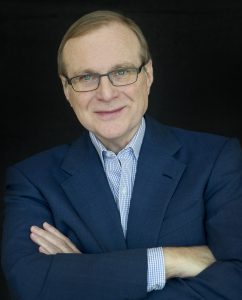
Allen and Gates together, built software for the first microcomputers on BASIC. They started marketing for their software, and in 1980, they bagged a contract from IBM. According to the contract, they had to develop a Disk Operating System (DOS) for the IBM PCs. The two were not able to complete the order, hence Allen made a deal with Tim Paterson, and purchased his QDOS (Quick and Dirty Operating System) software to complete the contract. The deal was a success, and Microsoft emerged as a leading software development company.
In 1982, Allen was diagnosed with Hodgkin disease, and hence, resigned from his post of Microsoft’s chief technologist. It led the parting of Microsoft shares between the two partners in 60:40 ratio, Allen having 40 per cent shares in the company.
Allen served as the member of the board of Microsft until 9 November 2000 and remained as a senior strategy advisor to the company’s executives.
Other Ventures
After leaving Microsoft in 1982, Allen invested in other businesses. Allen with his sister Jody Lynn, co-founded Vulcan Inc., in 1986. Under Vulcan Inc., Allen made various investments in different fields, including America Online, SureFind, Starwave, hardware, software, and wireless communications. He also founded the Vulcan Capital under Vulcan Inc.
Allen and Judy had also started a film production company named Vulcan Productions, and produced films like We The Economy, Far from Heaven, Hard Candy, Where God Left His Shoes, Judgment Day: Intelligent Design on Trial, Racing Extinction and Body Team.
Allen was also into philanthropy and contributed more than $2 billion towards the advancement of science, technology, education, wildlife conservation, the arts, and community services in his lifetime. A trust named as Paul G. Allen Family Foundation was also founded by Allen, that had donated $494 million to over 1,500 nonprofits.
Allen also launched institutes like The Allen Institute for Brain Science (2003) and Allen Institute for Artificial Intelligence (2014), that carry out the scientific researches.
Personal Life
Allen stayed single whole his life. He was assumed to be reclusive. Allen was a pro guitarist and got his first guitar at the age of sixteen. Even Sony had released his major label with the name Everywhere at Once by Paul Allen.
Allen also owned two professional sports teams, the Seattle Seahawks of the National Football League and the Portland Trail Blazers of the NBA.
In 1982, after receiving radiation therapy for his Stage 1-A Hodgkin’s lymphoma, Allen had recovered from the disease. But, in 2009, he was again tested positive with non-Hodgkin lymphoma. It was also cured after treating Allen for a long time. Although cancer returned back and Allen died on 15 October 2018.

Yashica is a Software Engineer turned Content Writer, who loves to write on social causes and expertise in writing technical stuff. She loves to watch movies and explore new places. She believes that you need to live once before you die. So experimenting with her life and career choices, she is trying to live her life to the fullest.
